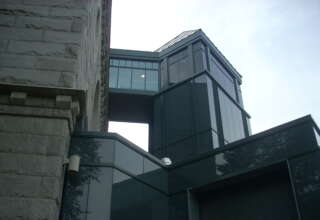
Images that Integrate
What will be the primary fabric of this new integrative yet diversified society? What is strong enough to hold people together in a single society that honors differences? In the past, images of society have often relied on economic images of the individual and society to provide the integration. This is no longer appropriate, if it ever was. It appears that Marxism was flawed, or at least limited from the first, because Marx restricted his analysis to the economic sphere and, more specifically, the sphere of production (see Triando, 1992, pp. 72-73). In many ways, Marx turned all of Europe into a sweatshop, ignoring the many variations in economic life and the presence of noneconomic life in the emerging modern nation states of Europe. Capitalism, or at least American capitalism, has been similarly restrictive in describing the factors that motivate people primarily in economic terms.
Whether from a Marxist or a Capitalist perspective, the economic person was in essence a product of the modern world (Bergquist, 1993). Regardless of the ideology being propounded, the assumption was made that profit and salary are the primary goals of life. The economic person was seen as an advance over the person as primarily a religious being or as merely an object (servant, slave, chattel). A secular “grand narrative” of primarily economic and political content was constructed during the modern era. It took on several different forms: communism in Eastern Europe, noblesse oblige in colonializing Western Europe (Arendt, [1948] 1966), and manifest destiny in the United States.
Those who have identified and documented the transition into a postmodern era have written about the decline of the grand narrative. There is no longer one commonly accepted story or legend (Arendt, [1948] 1966, p. 208) that justifies and provides a rationale for our collective behavior. As we enter a postmodern world, we find that postmodern people (and the postmodern society) are not exclusively or even primarily economic. They are a composite of several postmodern and modem forms (political, religious, cultural, and economic). Max Weber’s (1958) description of humans as religious and culturally oriented is still valid. The composite also contains newly emerging, post modern images of men and women as ecological, international, and equality-oriented learners.








